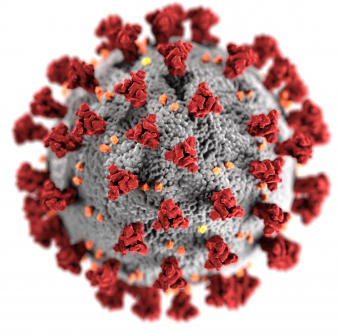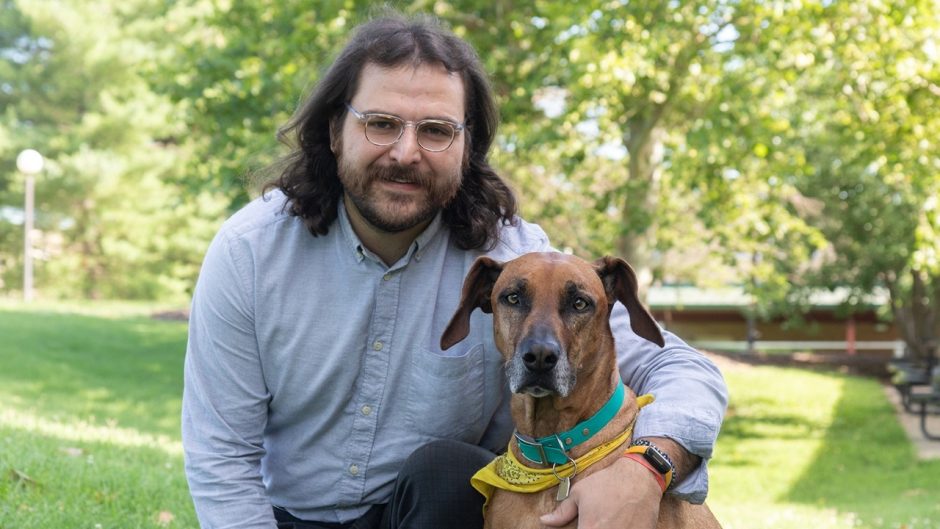June 30, 2020
Contact: Austin Fitzgerald, 573-882-6217, fitzgeraldac@missouri.edu
As the COVID-19 pandemic continues to present serious health and economic challenges, researchers around the globe are working to better understand the novel coronavirus in the hopes of developing a vaccine.
Now, a researcher at the University of Missouri has received a $200,000 grant from the National Science Foundation for a “rapid response” study of an aspect of the virus that has received little attention, but could hold promise for defeating the pandemic.
“Much of the research on this virus has focused on the point at which it attaches to a human cell,” said Steven Van Doren, a professor of biochemistry at MU’s College of Agriculture, Food and Natural Resources. “But this virus is like a mouse trap: it baits, and then it snaps. Everyone is looking at the bait, or the part of the virus that initially attaches. We want to look at the ‘snap’ — if we can understand how the virus particle actually merges with the cell, then alternative vaccines could be developed that might prevent infections.”
Most commonly, research related to the SARS-COV-2 virus has focused on how the “spike protein,” a protein on the surface of the virus, binds to a receptor on human cells. But Van Doren said that process is only the first step toward a virus actually taking hold in a cell. The protein then changes shape, developing rod-like appendages that are inserted into the human cell where they begin to merge with the cell. The tips of these rods, known as fusion peptides, are the key to Van Doren’s new study.

A CDC illustration of the structure of the coronavirus. Note the "spike proteins" shaped like spikes on the outer surface of the virus.
Previous research on the SARS epidemic of 2003 established that patients developed antibodies to the SARS fusion peptide, which Van Doren said is very similar to the SARS-COV-2 fusion peptide. If antibodies can effectively block the peptide from fusing with a human cell, then the virus can be stopped in its tracks. Since the fusion peptides of related coronaviruses are similar, new vaccines and antibodies that attack the fusion peptide might neutralize this coronavirus and related coronaviruses that break out in the future.
“I think of the fusion peptide as a knife; it has to be unsheathed before it can do its job,” Van Doren said. “That happens when the spike protein changes shape and creates the rods that fuse with the cell. If we can keep the knife in its sheath, a vaccine incorporating this approach could save many lives.”
Van Doren said fusion peptides have not been extensively studied outside the HIV and influenza viruses. Yet most disease-causing viruses are “enveloped viruses” — those that fuse with host cells and have fusion peptides — making them a promising area of future research not only for SARS-COV-2, but for other viruses as well.





![062625_CEI Aerial View_email-cropped[29] (1)](https://showme.missouri.edu/wp-content/uploads/2025/06/062625_CEI-Aerial-View_email-cropped29-1-940x529.jpg)